 Sunday, November 24, 2024
Sunday, November 24, 2024How many calories do I really need? The perfect guide to your daily requirements
The daily caloric requirement is a crucial factor in shaping a healthy diet and optimizing one’s fitness. This requirement indicates how many calories the body needs daily to maintain its basic functions and provide sufficient energy for daily activities. To accurately determine this requirement, several factors must be considered, ranging from body composition and activity level to personal health goals. At the same time, exercise plays a central role, both in terms of calorie consumption and the targeted adjustment of nutrition to achieve fitness goals such as muscle building or fat loss.

Caloric Requirements and the Various Influencing Factors
The caloric requirement consists of two main components: the Basal Metabolic Rate (BMR) and the Physical Activity Level (PAL). The Basal Metabolic Rate is the amount of energy the body needs to maintain vital functions such as breathing, circulation, digestion, and cell repair. It is often referred to as the "resting energy expenditure" since it is independent of activity.
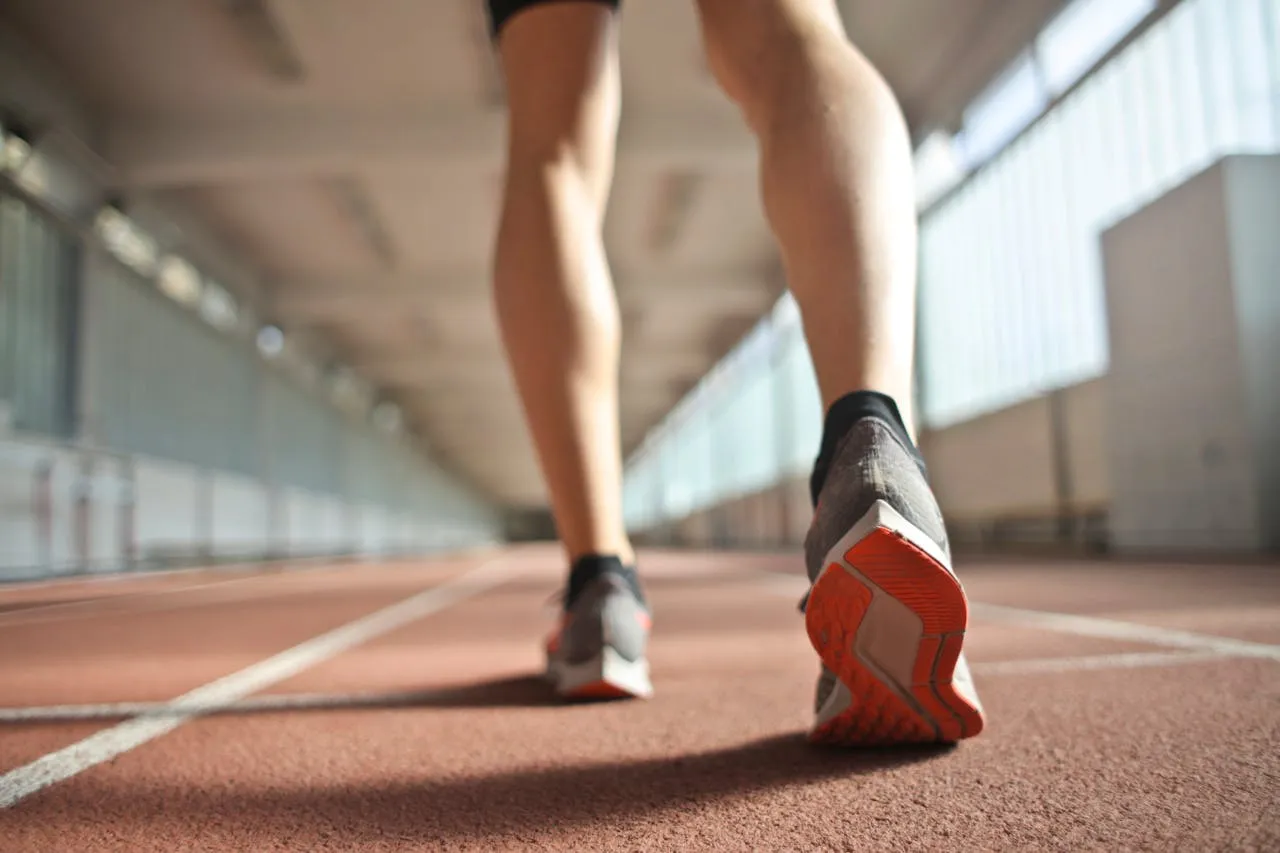
The Physical Activity Level describes the additional energy the body burns due to physical activity. It is essential to distinguish between different levels of activity, ranging from low activity (sedentary tasks) to intense physical exercise. The Physical Activity Level is particularly important for athletes and fitness enthusiasts since it reflects the calorie expenditure through movement and training.

The Harris-Benedict Formula for Calculating Basal Metabolic Rate
A widely used method for calculating Basal Metabolic Rate is the Harris-Benedict formula. It allows for an individual estimation of caloric needs based on personal parameters such as weight, height, age, and gender. There are different formulas for men and women to determine the Basal Metabolic Rate.
- For Men:
BMR = 88.362 + (13.397 × weight in kg) + (4.799 × height in cm) - (5.677 × age in years)
- For Women:
BMR = 447.593 + (9.247 × weight in kg) + (3.098 × height in cm) - (4.330 × age in years)
This calculation provides the Basal Metabolic Rate in calories per day. To determine the total energy requirement, the Basal Metabolic Rate must be multiplied by a factor that takes into account the Physical Activity Level.
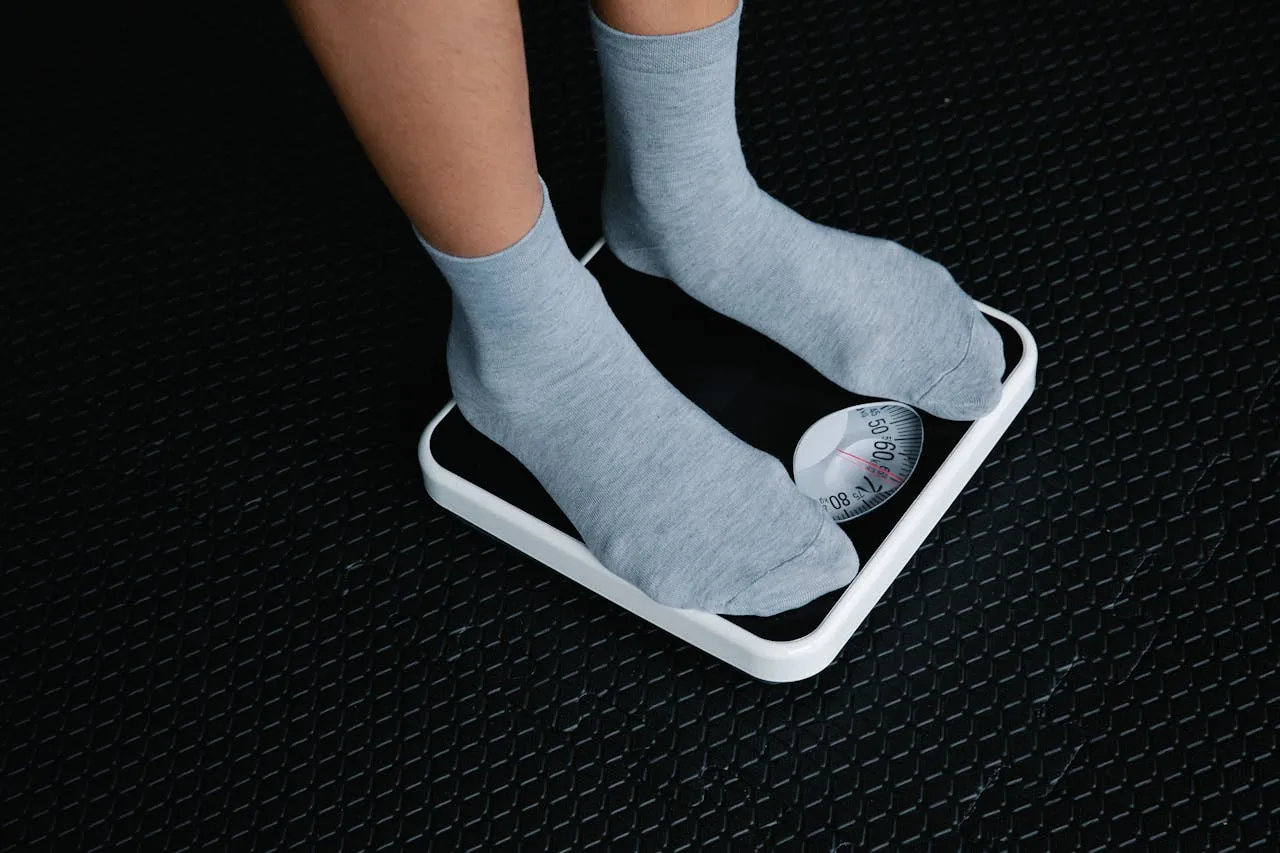
Physical Activity Level and Exercise
The Physical Activity Level, or calories burned through movement, is categorized according to different activity levels. Those who exercise regularly naturally burn more calories, leading to a higher PAL value among active individuals.
Sedentary Activity (little or no movement): PAL value of 1.2 to 1.3
Light Activity (light physical activity): PAL value of 1.375 to 1.55
Moderate Activity (regular exercise, e.g., 3-4 times a week): PAL value of 1.6 to 1.85
- High Activity (intensive training or physically demanding work): PAL value of 2.0 to 2.5
Therefore, for someone who regularly engages in sports, the Physical Activity Level may significantly increase. An active lifestyle that includes regular movement leads to a higher calorie expenditure, consequently raising the daily caloric requirement.
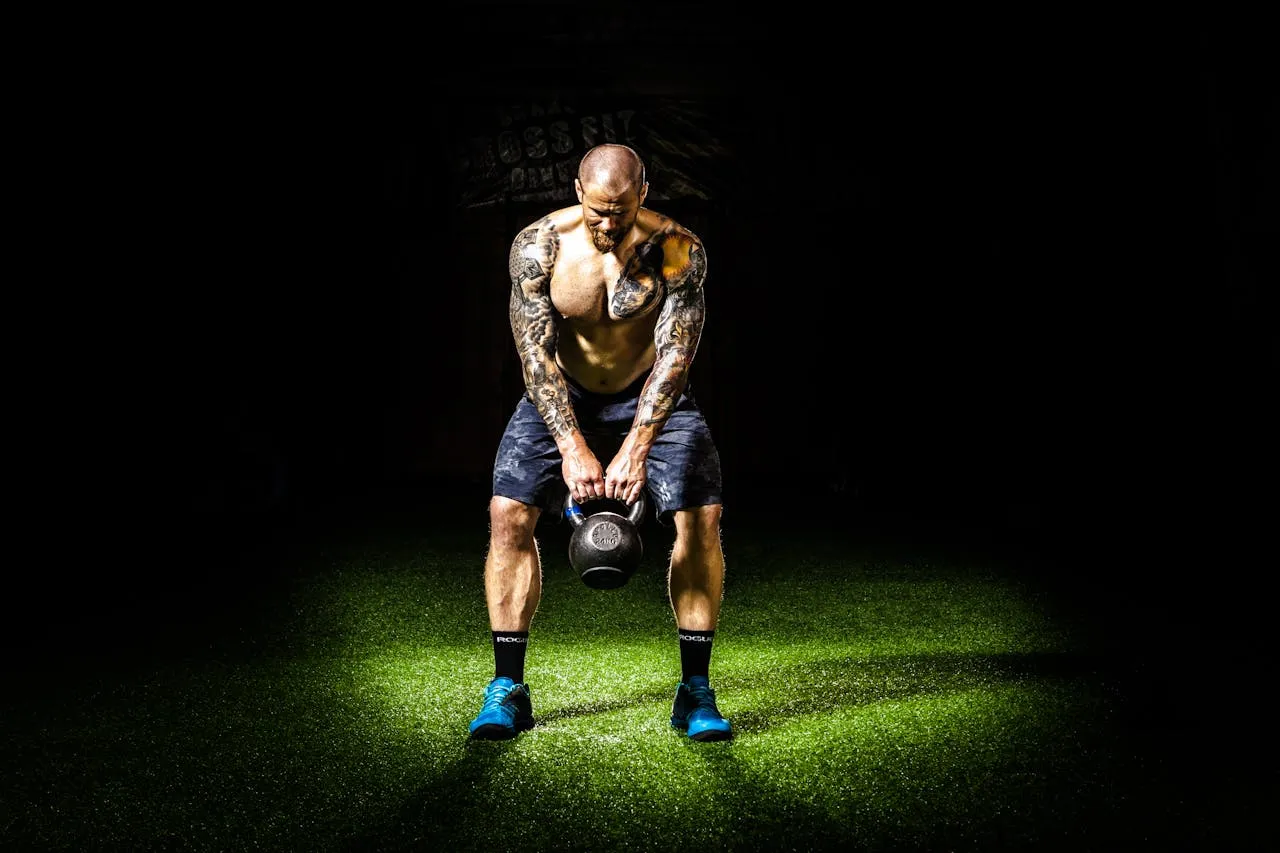
Exercise and Caloric Expenditure
The type of exercise significantly affects caloric expenditure. Endurance sports such as running, swimming, or cycling burn more calories than less intensive activities like yoga or walking. The intensity of the workout also plays a crucial role. High-Intensity Interval Training (HIIT), for example, continues to burn calories post-workout, which triggers the so-called afterburn effect (EPOC - Excess Post-Exercise Oxygen Consumption).
For instance, a person weighing 70 kg can burn approximately 600 calories during an hour of moderate running, whereas the same individual could burn around 800-900 calories per hour during an intense HIIT workout. Therefore, the caloric requirements for athletes should not only be calculated based on basic formulas but also include the calorie expenditure from regular and intense training sessions.
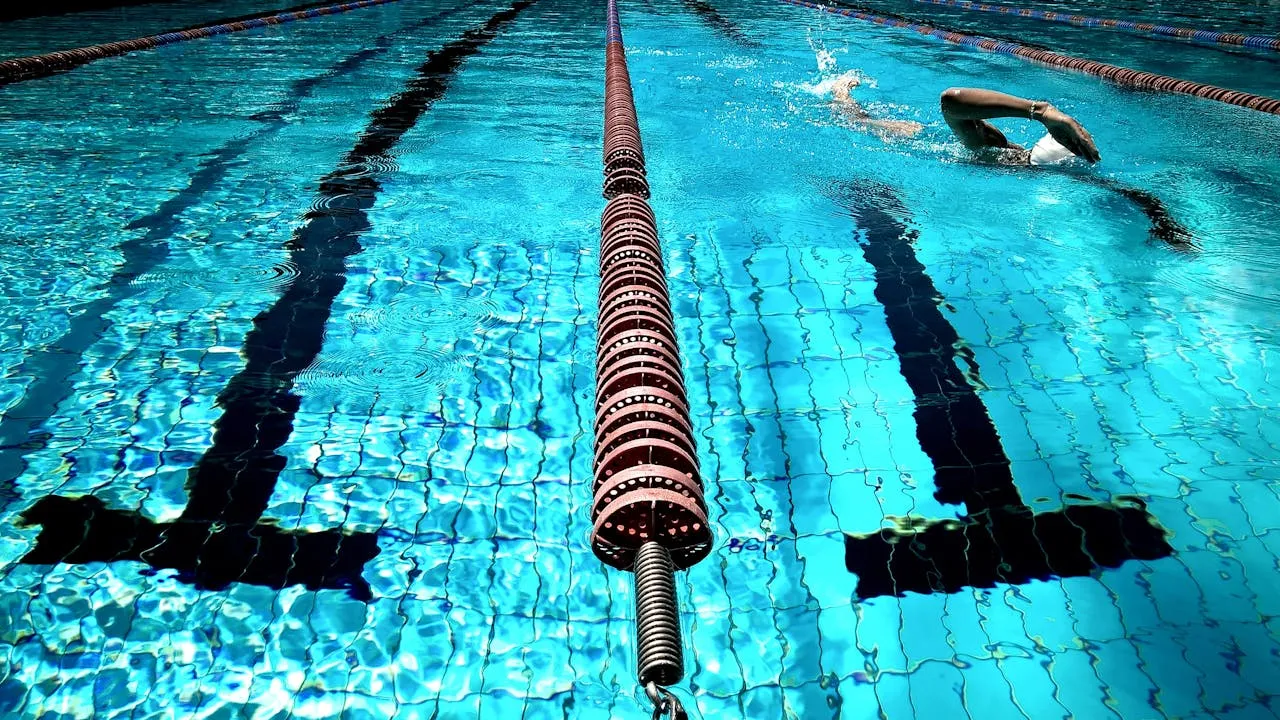
Caloric Requirement per Kilogram of Body Weight
A simplified method for roughly estimating caloric needs is calculating the calories per kilogram of body weight. This approach is particularly suitable for individuals who wish to align their nutrition with their fitness goals.
| Activity Level | Calories Required per kg of Body Weight |
|---|---|
| Sedentary Activity | 20–22 calories |
| Light Activity | 22–25 calories |
| Moderate Activity | 25–28 calories |
| Intense Activity | 28–35 calories |
For someone who engages in regular exercise, the caloric requirement per kilogram of body weight could be at the upper end of this spectrum. Physical activities not only increase caloric expenditure but may also enhance muscle mass, which in turn boosts the Basal Metabolic Rate.
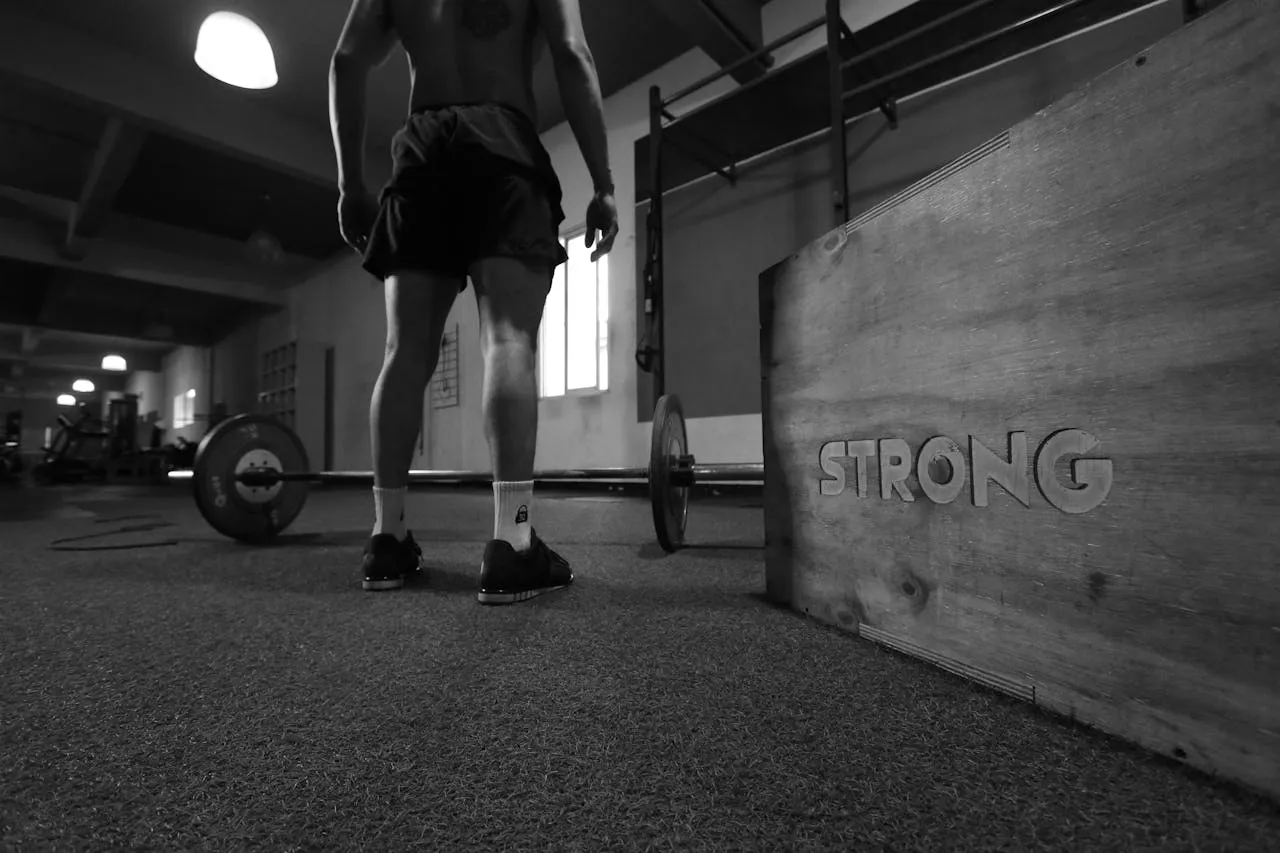
Fitness Goals and Nutrition
It is essential to tailor caloric requirements to individual fitness goals. For individuals looking to reduce body fat, a negative caloric balance is necessary, which means that caloric expenditure exceeds caloric intake. A moderate caloric deficit, combined with regular exercise, can assist in losing fat while preserving muscle mass.
For those seeking to gain muscle mass, generating a caloric surplus is required. However, care should be taken to ensure that the surplus comes from healthy, nutrient-dense foods to avoid unnecessary fat gain.

The Role of Macronutrients and Micronutrients
Daily caloric requirements should be considered not only in terms of calorie quantity but also in regard to food quality. A balanced diet that provides sufficient proteins, carbohydrates, and healthy fats is critical for performance and the attainment of fitness goals. Proteins are particularly important for muscle development and recovery, while carbohydrates serve as the primary energy source for endurance sports, and healthy fats support metabolism.

Conclusion
The daily caloric requirement is a vital foundation for any dietary strategy, particularly when pursuing fitness goals. Correctly calculating the Basal Metabolic Rate and the Physical Activity Level helps in accurately determining caloric needs. Physical activity plays a central role, as it significantly increases calorie expenditure and simultaneously keeps the body in shape. It is crucial to adjust nutrition to meet athletic demands to achieve the best outcomes while promoting health.
Sources:
Mifflin MD, St Jeor SM. "Predicting energy expenditure from body composition variables." American Journal of Clinical Nutrition. 1990.
Hall, K. D. et al. "The energy balance model of obesity." Obesity Reviews. 2012.
Schofield WN. "Predicting basal metabolic rate, new standards and review of previous work." Human Nutrition: Clinical Nutrition. 1985.
- "Physical Activity and Health: A Report of the Surgeon General." U.S. Department of Health and Human Services, 1996.


